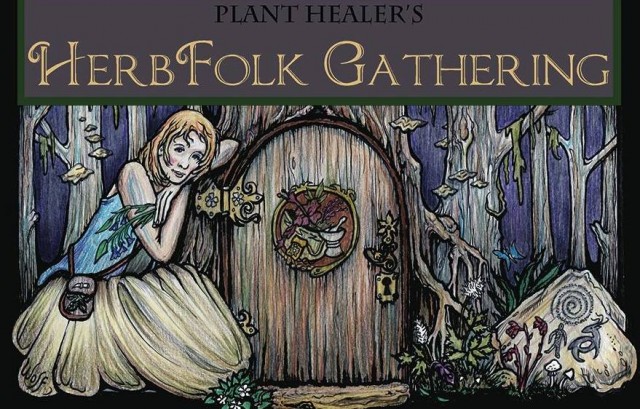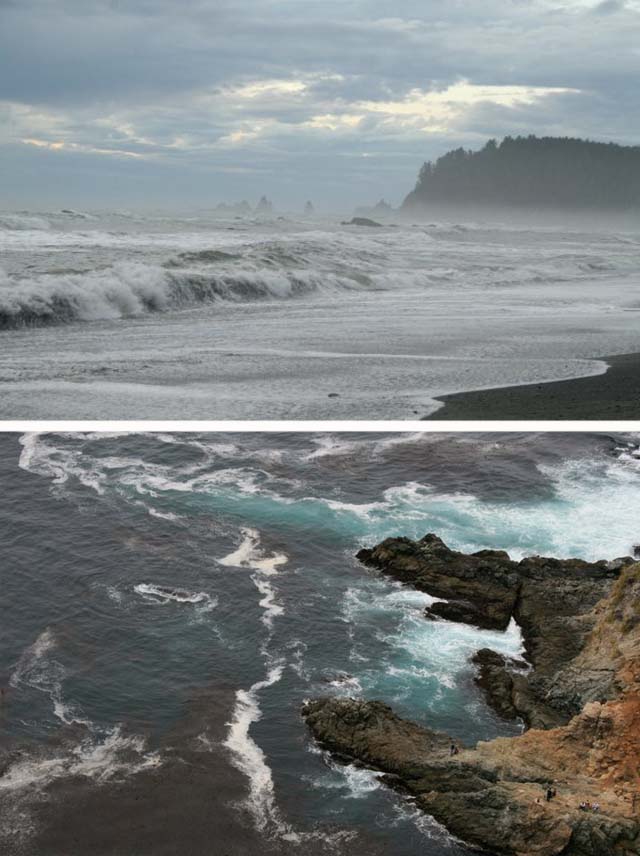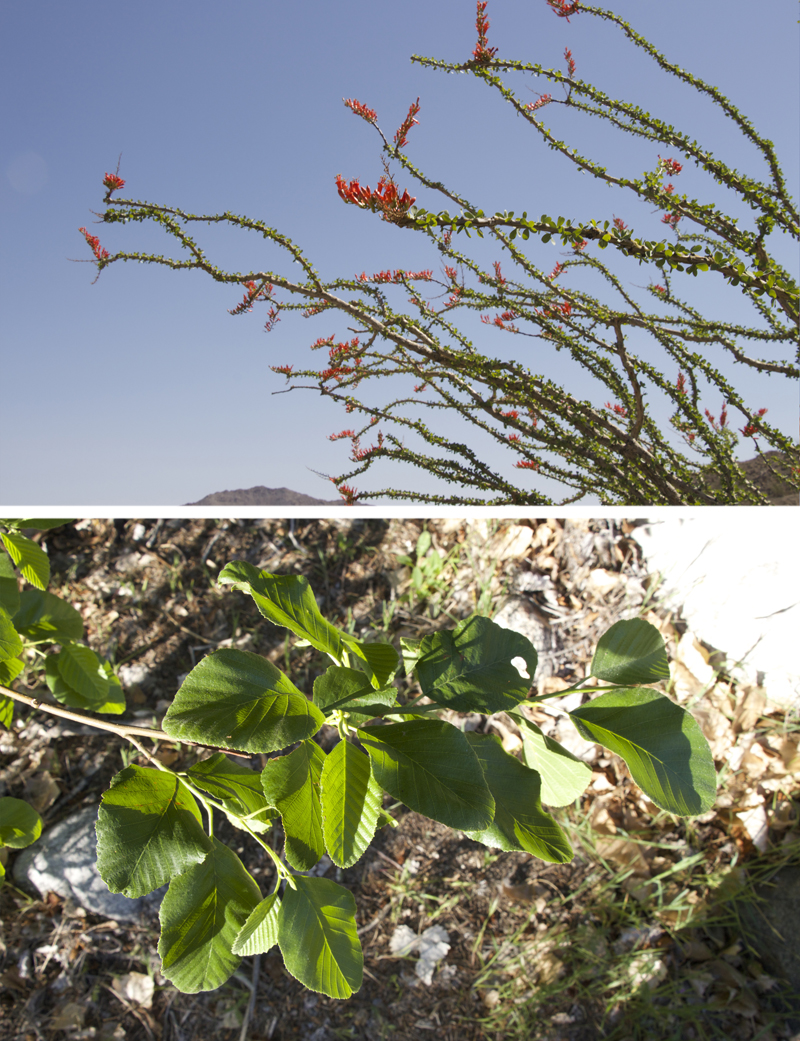On water.
I’ll be teaching at the Herbfolk Gathering in Mormon Lake, AZ next month. My recent obsession with scarcity, excess and stagnation of water has led me to thinking about the lymphatic system, its relationship to the fluids of the body, and our relationship to water, as humans who are simultaneously drawn to, and terrified of it. Here’s a little snippet of what I’ll be talking about (water, the waters of the body, the darkness under the surface, stagnation, and herbs for it all), then a veer off into a direction I will not be talking about as much (emotions, oy!). A preview, of sorts. I hope to see you there! (if you don’t know about the Herbfolk Gathering, you can learn more HERE)

“The river has taught me to listen, from it you will learn it as well. It knows everything, the river, everything can be learned from it. See, you've already learned this from the water too, that it is good to strive downwards, to sink, to seek depth.” -Hermann Hesse
1.
As with most things, it starts with the sea: that giant mysterious amorphous mass of saline and minerals with things hidden in its depths and its unexplored territory. It starts with the sea, and with the interplay of elements, water evaporates and moves in cloud form towards land where it condenses and crashes down to earth, or floats down frozen, depending. And from land, with more elemental interplay, it finds a course, melts, moves, meanders and swishes downhill with ever increasing speed, collecting together, joining branches until it is trickle, brook, stream then river. River moves towards sea, and the cycle begins again.
Water is like that: never fully one thing or another, always in transition, being and becoming at the same time. Water can be deceptive: when its still, its hard to tell how deep it is. Water can look calm on the surface but hide a rip tide. Water can destroy a structure in seconds, or work away at a rock for millennia before breaking it down.
Picture that movement, that transition from one thing to another, from steam to condensation, to brook to river. Picture the minerals and waste products picked up along the way downstream, to be deposited in the sea, to be filtered out by evaporation, and that never-ending cycle. And picture how at its core, through all these changes, the water is actually the same. H-two-oh. An elemental structure that doesn’t change despite picking up various hangers-on. An elemental structure that can be teased out through various purification rituals. An elemental structure that is constant, despite surface appearances. An O and two Hs that transcend time and form.
This water out there isn’t that dissimilar to the water in our bodies. Plasma becomes interstitial fluid, interstitial fluid becomes lymph, lymph becomes plasma, repeat. And through this process, there’s the never-ending filtration, delivery of nutrients, removal of cellular waste, as a part of this never-ending cycle. The waters of our body flow from stream to sea and back again, just as the waters of the planet do the same thing. Our capillary beds look suspiciously similar in configuration to stream beds in a delta. But is it really suspicious or is it just the nature of water in general, and the form it takes when acting on its environment, regardless of what that environment is?
2.
Water and emotion: they’re always associated. I think its something to do with the way water is changeable; the way a person’s emotional state can change from one moment to the next. And if you drop a stone in an emotion the ripples can reach for miles, just as dropping an emotional bomb into a still lake will cause those ripples to hit the other shore. Oh stone-dropper, you are responsible for that stone, even if you have walked away by the time it hits the water.
Water moves in waves, and anybody who has experienced a wave of grief can tell you that grief most certainly moves in waves too, crashing over a person relentlessly, until a mouth agape can no longer cry, until the throat emits a croaking sound, until eyelids feel like they’ve been turned inside out for swelling so much, and there are no possible tears left as the inner sea has been drained. And still those relentless waves come until the tide turns.
A flood of anger can overwhelm one until one can see nothing but that anger, the world can become tainted by it, like a flooded landscape, there is anger for miles, with barely recognisable structures sticking up on occasion, and still the anger seeps into the ground, into the walls, into the furniture, onto the tip of your tongue, until every word you utter is bitter and bilious.
Have you ever swum out into the ocean and realised that you can’t see what’s under the water? Is fear of monsters under there really so unrealistic or do we all have monsters hiding under water, under beds, behind the curtains in the dark, and deep in our psyches. Is the function of this fear to reduce us to snivelling wreckages or is it a protective mechanism to prevent us from being burned by impulsive action. Does fear grasp our chests and surround our hearts like big blocks of ice. And do our teeth not chatter the same with both frozen water and fear alike?
And love. How can love not burst out of your chest like a meteor has hit the ocean? Does love not blast into the beloved like a tsunami? Does love not hit you like a wave on the beach, knocking you down, rolling you around until you don’t know which way is up anymore? Love, like all emotions, seeps into the world around us.
Emotion is also associated with water because its meant to be fluid. To be felt, expressed, released, changed into something else. Its meant to nurture seedlings of inspiration, or to damage structures and remind you not to go there again.
Anger when left to ferment dries up into hatred and bitterness. It causes permanently clenched fists and grinding teeth. It dries up into hatred that is directed first at the object of anger and then at everything. Those floodwaters fester, they rot the furniture, until all you can see and smell is the rot. Fear is one thing when confronted by a bear but what if it is your life? What if like piglet you spend your life locked in a state of fear? Holding on to grief, allowing that to become the filter through which you see the world, the thing that holds you at arms length from others and from life, is this healthy?
And love. Live in love? Love and light? Avoid ‘negative’ emotions? Emotions aren’t negative, they’re a feedback mechanism, a way to interpret the world around us. Love and happiness are as much as response to the world around us as any other emotion. We’re not, for the most part, driving this emotional boat. If you feel anger, you can force a happy smile on your face and say “I’m not feeling any negative emotions today” or whatever affirmation is on your fridge regarding such matters, but the fact is that if you feel it, your body feels it. Your brain can shove the thoughts aside but your body needs somewhere to put it. Where do these emotions go if not expressed and let go? If not released, dealt with, faced, expressed and moved on from, where does it go? It settles in the body, becomes a part of the unconscious, it becomes stagnant.
3.
Similar to our emotions, the waters in our body are constantly moving and changing: our blood vessels circulate plasma which then moves into the interstitial fluid (from high pressure to low pressure, just like weather systems), which then moves into the lymph, where its transported around the body and dumped back into the blood, where the whole cycle starts over again. In the course of this process, nutrients are transported, fats are taken from the guts to the liver, foreign matter and debris is attacked and swallowed. Its a constantly moving process, one that is dependent on the movement of our muscles, deep breathing, adequate mineral balance, and our hearts pumping. If something in this process isn’t performing as it should, you get stagnation.
4.
Water exemplifies change and movement, and yet paradoxically its natural tendency when left to its own devices is to settle, to sink and to be still. What’s the difference between stagnation and stillness? Something that is still is intentionally not moving. Stagnation is when something that is meant to be moving is held in place. Think of how it feels when you’re stuck in traffic: heat rises up from the asphalt, horns honk around you, the people in the cars around you get angrier and angrier. Everyone has somewhere to be and its not here, and so they’re frustrated. Think of that feeling, and how when it builds you’re not sure if you want to laugh, cry, punch something, or run as hard and as fast as you possibly can. That is stagnation: kinetic energy unable to express itself. Its a universally crappy feeling because, while some of us tend towards heat or cold or damp or dry, and thus, will argue until the next big bang about whether heat or cold or wet or dry places are the best, stagnation is not something any of us like (though some of us do prefer to be still).
That feeling of pent up energy not moving can happen anywhere in our bodies, be it in the lymph, in the blood, in the interstitial fluids, with our emotions, with our creative expression. And in all cases, it creates that same result:
Stagnant water festers. It also collects bugs, debris and dirt. Stagnant water in our bodies does the same thing, festering, collecting debris and dirt, swelling over the edges of its banks. Tissues that contain stagnant waters will stretch, expand, and lose their tone. Bodies that contain stagnant waters will be sluggish, slow, tired. There’ll be debris, there’ll be skin conditions or aches and pains. There’ll be membranes that are no longer tight, that let all kinds of little bits of matter through, and that don’t hold their water in properly. There’ll be ‘bad blood’, if you use terms like ‘bad blood’ and there’ll be lymphatic stagnation.
There are plenty of reasons for this stagnation: lack of movement, blockages, missing body parts, infection, shallow breathing, fear of change*, tension**, stress, and yeah, buried emotional crud. There are constitutional tendencies towards stagnation in water people: water types will tend towards watery disorders just as fiery types will often battle with excess heat and inflammation. Each constitutional models describes water types differently, but underneath it all, there’s water, and there’s its desire to mold itself to its surroundings, to flow from high pressure to low pressure, to move, to absorb, to settle, to still. Thus, people who are ‘water types’ will tend towards stagnation, and be prone to the perils of inertia, more than others. But stagnation can be moved…
5.
Physical movement, emotional movement, life movement. Physical movement doesn’t need to be ‘working out’. I feel like, when it comes to movement, in society we have become caught up with how movement looks and have stopped thinking about how it feels. Remember what it feels like to dance without worrying about if you look good doing it? Have you ever run down a hill with your arms flailing like you did as a kid? Or climbed a tree recently? Or just taken a walk around the neighbourhood for no reason other than to delight in having a body, not to punish it for being too-something or to do penance for eating a piece of cake? We’re all different. Some of us love to do fiery movements that involve lifting heavy things and quick bursts of energy, and some of us like to flow and move slowly, and other still like to run. Or most likely we’re a combination of all of the above. It doesn’t need to look good, in fact I think that not even knowing how one looks doing something is one of the best ways to get ‘into your body’. In our Instagram culture this in itself is an act of rebellion, is it not?
Emotional movement might mean calling someone up and saying ‘Hey remember when you did X 20 years ago and I said it was fine? It wasn’t, you really hurt my feelings and I’ve been pissed about it for years. Thanks for listening and I’ll let you know when I forgive you.’ Or something to that effect. It might mean crying for 10 hours straight. It might mean finding something inanimate to punch and doing so repeatedly. It might mean writing it out. Or writing it out and setting fire to it (this method is very dramatic and I highly recommend it). It might mean letting go, which is the hardest thing in the world to do and yet the most fulfilling.
Life movement might mean finding a new job, changing up the unspoken agreements you have in your relationship, trying something new, doing something scary. Or it might mean accepting where you are and choosing to be there instead of feeling like you are forced to, turning what was stagnant into something still.
You can also take herbs to assist in the process of getting things moving.
6.
The structures and elements that interact with water determine how it moves, and its the same when giving herbs for water in the body—affecting the structures that contain or filter the water affects the water itself (which is why physical activity is so important). Herbs you’d use include alteratives, astringents, lymphatics. Herbs that move, herbs that drain, herbs that tone, herbs that work on the cleansing mechanisms, be it skin, kidney, liver or intestine.
There are plenty of herbs out there that work on the lymph, the interstitial fluids and the blood, but my favourites are ocotillo (fouquieria splendens), red root (ceanothus spp.), yerba mansa (anemopsis californica) and alder (alnus spp.). Each affects the waters in a different way:
Ocotillo stirs up movement in the lymphatic system, and through this affects all the systems but especially the liver and skin and pelvic areas.
Alder dredges the lymph and interstitial fluids, , making them flow and move more efficiently.
Red root pulls fluid from swollen tissues, but it does this systemically, gently and slowly over time.
Yerba mansa tightens and strengthens the tissues that hold water in, making the water flow more efficiently as a result— this works for mucous membranes and systems alike.
This stirring up, the dredging, it dislodges things, deeply buried things, monsters of the deep and debris and dirt. All that crud that was lying there stagnant now gets pushed through the elimination channels: too much can cause reactions. Its not ‘detoxing’, nor is it ‘healing crisis’, and it shouldn’t go faster than you can handle. Rashes have been had, emotions have been stirred up, memories recovered, general feel-like-crappiness has been reported, and cutting way back on dose usually works wonders in making all of this go away. There’s no need for heroic-feeling reactions that make us feel like we’re doing something difficult; life is difficult enough as it is without adding self-punishment to the mix.
But at the same time, in the dredging, when things bubble to the surface, they’re no longer under there muddying up the waters. The crud in your body becomes less cruddy, you start seeing the world around you more clearly because you’re not looking at it through the filter of 20 year old emotional baggage, you move towards new goals with purpose.
7.
Its messy stuff, this water. Not fitting into boxes, unlike normal solid things that you can tell apart from each other based on where their cells end and the others’ cells begin. Not water, water seeps into everything, it is in the air, in our warm breath, in the blanket you left outdoors overnight, in the very laws of existence: life as we know it cannot survive without it. And in all of its incarnations it refuses to stay still: ice melts, steam condenses, rivers flow into oceans. Both solid and liquid, both still and moving, the lessons of water are those of contradictions: of holding on and letting go; of being still and moving; of being content in who you are and yet continuously striving to reach your potential; of active force and passive movement. Or, as Hermann Hesse so eloquently puts it: “the water, which to them was not just water, but the voice of life, the voice of Being, the voice of perpetual Becoming.” Perpetual becoming. I like that. The water in our bodies, our psyches and our lives is perpetually becoming, and whether it becomes stagnant or continues to move is up to us.
* On fear of change and stagnation: I see water-like resistance to change like this:
Water flows into everything around it. There's a lack of solidity, a porosity that, if let loose, can flow into the world around it. The universe at large is constantly moving and flowing and changing. That lack of separation between self and not self can be pretty damn scary when the whole world flows in at once. Resistance to change is fear of the inevitable, but I think when the world swallows you whole its actually loss of self you're fighting.
Sometimes stagnation is resistance, and it acts as a self-protective mechanism, to help one function in the world.
** Try some pedicularis and a psoas release: a tight psoas can cause some terrible lymphatic stagnation and the feeling of liberation one gets from having it let go and all that lymph moving is positively ecstatic.
